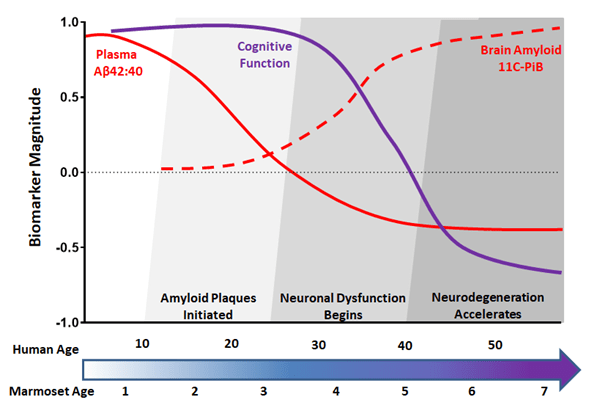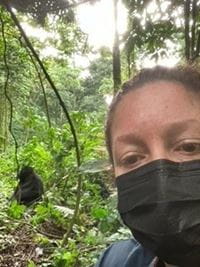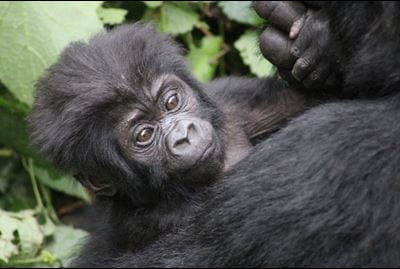Password Reset
Forgot your password? Enter the email address you used to create your account to initiate a password reset.
Forgot your password? Enter the email address you used to create your account to initiate a password reset.
4 Minutes
Alzheimer’s disease is a devastating neurodegenerative disorder with no cure. Recent FDA-approved therapies slow down accumulation of proteins in the brain known as amyloid plaques, but don’t prevent cognitive decline or treat memory loss.
Stacey J. Sukoff Rizzo, PhD, associate professor of Neurobiology in the UPMC Division of Geriatric Medicine and deputy director for Pre-Clinical Studies at the Aging Institute, is focused on understanding primate-specific mechanisms that drive divergence from healthy aging towards inception and progression of memory loss and Alzheimer’s disease. In a recent paper published in the journal Alzheimer’s & Dementia: Translational Research and Clinical Interventions, Dr. Rizzo and colleagues describe how closely studying non-human primates from birth and throughout their lifespan will reveal the peak in learning and memory in adulthood and the inflection point at which memory begins to decline with aging.
As our closest relatives on the evolutionary tree, non-human primates share much of the genetic, molecular, cellular, structural, and functional organization with the human brain and have remarkable similarities in developmental, postural, physiological, and immune functions. Important to the study of aging and Alzheimer’s disease, non-human primates share the identical protein sequence of amyloid with humans, and they also demonstrate age-related cognitive decline.
Dr. Rizzo and colleagues received a five-year $32.5 million grant from the National Institutes of Health in 2022 to establish a consortium studying common Marmosets As Research Models for Alzheimer’s Disease (MARMO-AD). Common marmosets (Callithrix jacchus) are a small new world species of non-human primates. As part of the MARMO-AD consortium, the marmosets will be studied using the same assessments used to diagnose Alzheimer’s disease in human patients, including noninvasive blood biomarkers, MRI and PET neuroimaging, and comprehensive cognitive assessments of learning and memory using touchscreen devices.
The marmosets will be tracked from birth throughout their lifespan which will allow Dr. Rizzo and her colleagues to define the earliest changes that signal disease onset with aging, including biomarkers that precede cognitive decline and neurodegeneration. Marmosets have an age equivalent to humans of approximately 1:8 years, which means that by eight years of age they will present with similar signs of aging — including amyloid plagues in the brain — as humans in their mid-sixties. Importantly, by studying marmosets before aging and cognitive decline, the team will be able to identify changes that happen before amyloid plaques and neurodegeneration begin, which will allow discovery of novel interventions to protect against Alzheimer’s disease.

As shown in the predicted phenotypic trajectory of the marmosets in this study, the marmoset to human age ratio is 1:8. Based on prior research, Dr. Rizzo and her colleagues expect to see an accumulation of amyloid beta in marmosets aged four years and older (approximately 32 years old in humans). By monitoring the marmosets as they age, Dr. Rizzo will observe the effects of amyloid beta accumulation and reduced plasma amyloid beta on cognitive function.
As an extension of her research in understanding whether Alzheimer’s disease is primate-specific or uniquely human, Dr. Rizzo recently traveled to Uganda to the Bwindi Impenetrable Forest to study the behavior of mountain gorillas. Since all primates, both human and non-human alike, exhibit the same amyloid pathology in the brain, studying behaviors of non-human primates in their natural habitat may also help reveal uniquely human aspects of Alzheimer’s disease, including evolutionary mechanisms that make humans more susceptible and non-human primates more resilient to this disease.


Photos of mountain gorillas taken by Dr. Rizzo on her recent trip to the Bwindi Impenetrable Forest in Uganda to study primate behavior.
__
Sukoff Rizzo SJ, Homanics G, Schaeffer DJ, Schaeffer L, Park JE, Oluoch J, Zhang T, Haber A, Seyfried NT, Paten B, Greenwood A, Murai T, Choi SH, Huhe H, Kofler J, Strick PL, Carter GW, Silva AC. Bridging the rodent to human translational gap: Marmosets as model systems for the study of Alzheimer’s disease. Alzheimers Dement (N Y). 2023 Aug 21;9(3):e12417. doi: 10.1002/trc2.12417. PMID: 37614242; PMCID: PMC10442521.